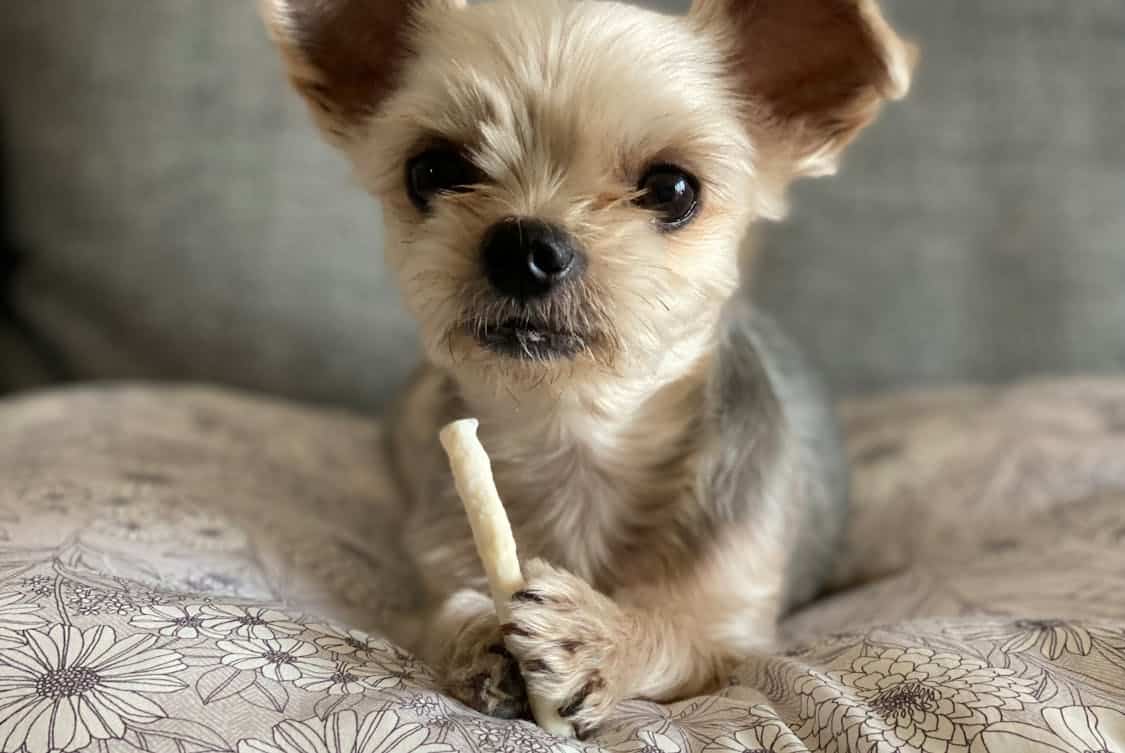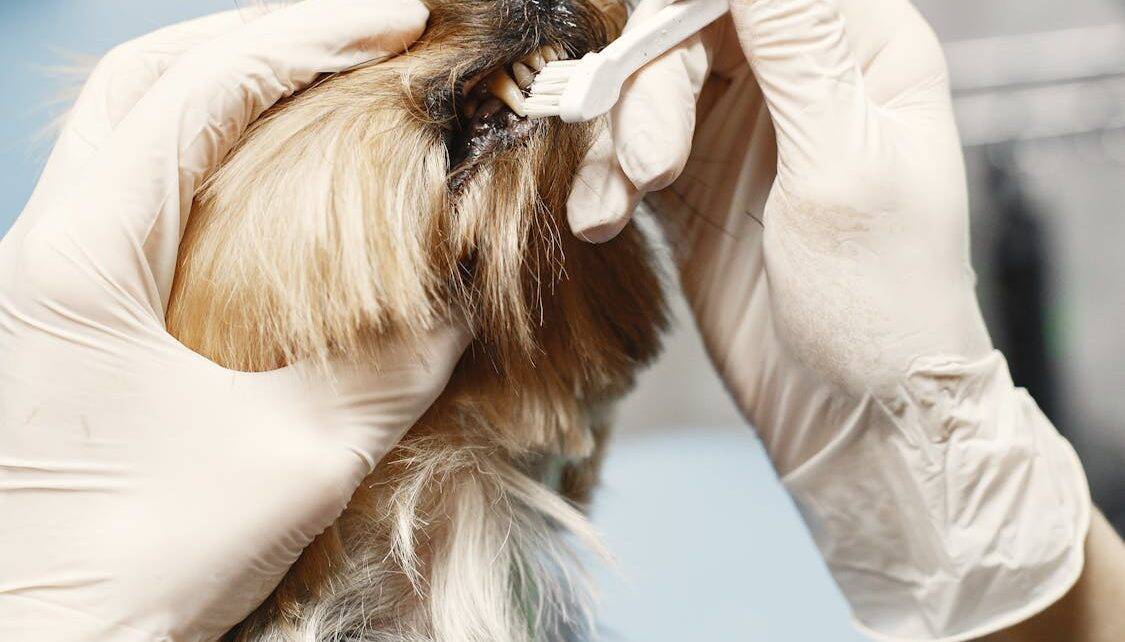Oral care is about more than a bright smile; it affects comfort, appetite, and long-term health for dogs and cats. A steady routine cuts down plaque buildup and lowers the chance of painful infections that can spread beyond the mouth.
Small actions taken all year stack up into measurable benefits, so habits matter. Treat dental care like any other regular check: frequent attention brings fewer surprises.
Why Your Pet’s Teeth Matter Year-Round
Healthy teeth and gums help pets chew food efficiently and savor meals without discomfort, and a healthy mouth supports whole-body well-being. When bacteria nestle in the oral cavity, they can creep into the bloodstream and stress the heart, kidneys, and liver over time, so early attention pays dividends.
Regular care reduces bad breath and keeps visits to the clinic shorter and less stressful for both of you. Think of dental health as a quiet insurance policy that works best when topped up frequently.
Daily Brushing: Small Habit, Big Payoff
Brushing is the single most effective thing an owner can do to slow tartar formation, and it need not be a wrestling match if you build the habit slowly. Start with short sessions that focus on positive reinforcement, letting the pet sniff the brush and taste the paste, then extend time in tiny increments until a full sweep of the teeth feels normal.
Use a soft brush and a pet-safe toothpaste; human pastes can upset the stomach if swallowed and contain foaming agents that are not pet-friendly. When the routine is gentle and predictable, both animal and human will accept it as part of daily life.
Smart Food Choices and Dental Treats

Some kibble and specially formulated treats are made to scrub teeth mildly while chewing, and including them in a balanced feeding plan can boost oral health without drama. Look for products backed by veterinary dental organizations that carry seal-of-approval testing, since not all crunchy treats actually reduce plaque.
Avoid hard items that can fracture teeth, like real bones or hard antlers, because a broken tooth often needs repair under anesthesia. Healthy snacks should complement brushing and checkups, not replace them.
Regular Veterinary Exams and What to Expect
A vet exam often begins with a look inside the mouth, checking gum color, breath odor, and loose or broken teeth, then recommending a plan that fits the pet’s age and risk profile. If professional cleaning is suggested, it will likely be scheduled under anesthesia so the vet can scale under the gumline and polish the enamel, areas that cannot be addressed properly on a conscious animal.
Labs sometimes run bloodwork before anesthesia to confirm the pet’s organs are ready for a safe procedure, and that adds a layer of comfort for anxious owners. Frequent, shorter exams help spot trouble early, avoiding larger interventions later.
Recognizing Early Signs of Oral Problems
Watch for shifts in eating habits, such as favoring one side of the mouth, dropping food, or taking far longer to finish a meal, because these behaviors often hint at discomfort. Persistent bad breath beyond the normal scent of a dog or cat can signal periodontal disease rather than simple halitosis, and swollen or bleeding gums are a red flag.
Owners should also note weight loss, pawing at the face, or new reluctance to be petted around the head; these subtle changes can point to pain. Catching issues in the early phase often means simpler remedies and faster recovery.
Professional Cleanings: Timing and Tips
The frequency of clinic cleanings varies by breed, age, and prior dental history; some animals need annual work while others require less frequent attention based on plaque control at home. Going into the visit with a recent history of at-home brushing and avoiding food for several hours beforehand helps the procedure go smoothly and shortens recovery time.
Aftercare can include a reset of the home routine—brushing resumes once the pet is comfortable—and short-lived appetite changes are normal for a day or two. Open communication with the clinic about anesthesia protocols and pain control can settle worries.
Picking the Right Dental Products
Not all toothbrushes, pastes, and rinses are interchangeable, so choose items made specifically for pets and recommended by clinicians who know dental science. Finger brushes may work well for tiny mouths, while longer-handled brushes suit larger dogs; trial and error reveals what your companion tolerates.
Toothpaste flavors range from poultry to fish, and a preferred taste makes the habit stick, while enzymatic formulas add chemical help against plaque. Read labels for veterinary endorsements and avoid any product that promises miraculous, overnight fixes.
Training Your Pet to Tolerate Brushing
Desensitization that builds from curiosity to comfort works best: let the animal explore the tools, reward calm behavior, and add short brushing bursts as trust grows. Pair sessions with praise or a tiny reward, and stop before the pet becomes weary so each encounter ends on a positive note that invites the next round.
For anxious animals, breaking routines into multiple short bursts over days reduces stress far more than forcing a single long attempt. Most owners find that patience and steady repetition pays off, yielding an easier ritual down the line.
Creating a Simple Yearly Dental Plan
When it comes to comprehensive pet health care plans, it’s all about consistency. These plans often bundle preventive treatments, such as dental check-ups and annual blood tests, with discounts on services like grooming or microchipping. The best pet health care plans make budgeting easier and ensure your furry friend never misses a crucial appointment. Think of it as a wellness subscription that adds years to your pet’s life.
Build a calendar that staggers brushing check-ins, one vet exam in the spring, and a planned professional cleaning in the fall if needed, then tweak the pattern based on how the mouth holds up. Keep a small checklist in the phone: daily brushing target, weekly treat allowances that support oral health, and notes after each vet visit to track how gums and teeth change across months.
A flexible plan that adapts when new signs appear helps avoid emergency trips and keeps the pet comfortable into old age. Little, steady efforts add up, producing a quieter, healthier life for your companion.
Common Home Remedies to Avoid
Human home remedies and odd concoctions seen online can cause harm, from upset stomachs to chemical burns, so avoid experimenting with household items inside the mouth. Oils, baking soda, or alcohol-based rinses are not safe for pets and can break down delicate tissues or be toxic when ingested.
If tempted by an at-home idea, check with the clinic before applying anything widely, because a safe alternative probably exists that won’t cause collateral damage. Simple, vetted methods win out over quick-fix trends every time.





